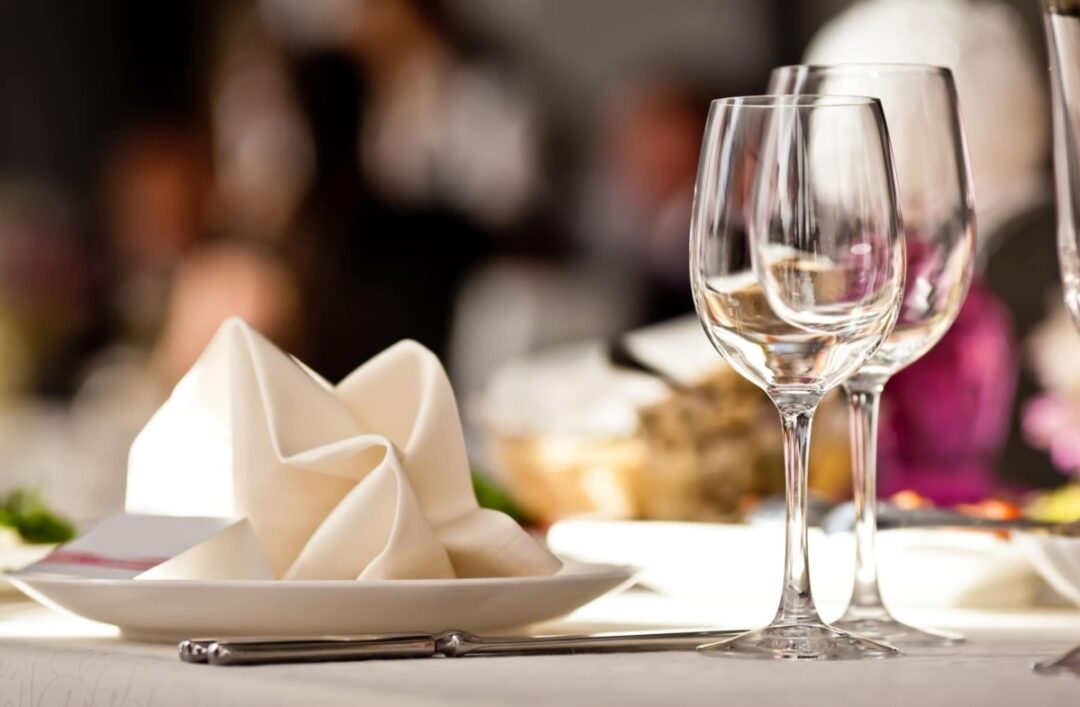Stepping into a fine dining steakhouse is an experience like no other. The ambiance is refined, the service impeccable, and the menu has a symphony of flavours. Many patrons turn to wine to complement this culinary journey, seeking the perfect pairing for succulent steaks.
Yet, navigating the world of wine in a fine dining steakhouse can seem daunting. Wine lists are often extensive, and wine service and selection etiquette can be intimidating.
Unravel this wine paradox by learning to decipher wine etiquette and make informed choices when dining in fine establishments.
The Role of Wine in Fine Dining Steak Houses
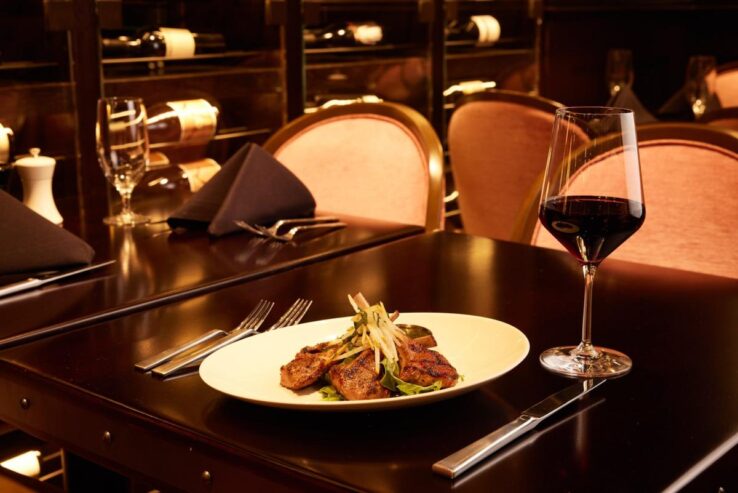
Source: booking.com
Fine dining steak houses place a significant emphasis on wine for several reasons:
- Enhancing the Dining Experience: Wine complements the flavours and textures of steak, elevating the overall dining experience.
- A Wide Range of Choices: Steak houses typically offer an extensive wine list, catering to diverse tastes and preferences.
- Cultural Significance: Wine has cultural significance in fine dining, adding an element of sophistication and tradition to the meal.
- Pairing Possibilities: By creating a harmonious pairing, the right wine can enhance the flavours of steak, which can delight the palate.
Navigating the Wine List
The wine list in a fine dining steak house can be a treasure trove, but it requires some navigation:
- Study the List: Take your time to peruse the wine list. It often provides detailed descriptions of each wine, including flavour profiles and suggested food pairings.
- Ask for Guidance: Don’t hesitate to seek recommendations from the sommelier or waitstaff. They can provide valuable insights based on your preferences and budget.
- Budget Considerations: Fine dining doesn’t always mean high prices. Many steak houses offer a range of wine options, so consider your budget while exploring the list.
- Exploring Local Wines: Some steak houses pride themselves on offering a selection of local or regional wines, providing a unique taste of the area’s terroir.
Wine Serving Etiquette
Understanding wine service etiquette can enhance your dining experience:
- Temperature Matters: Red wines are typically served slightly below room temperature, while whites are served chilled. The right temperature can accentuate a wine’s characteristics.
- Glassware: Different types of wine are best enjoyed in specific glassware designed to enhance their aromas and flavours.
- Pouring Ritual: When wine is presented to you, the server may pour a small sample for you to taste. It’s an opportunity to ensure the wine is to your liking and free from defects.
- Handling the Stem: Hold the wine glass by the stem, not the bowl, to prevent heating the wine with your hand.
- Refills and No-Nos: Allow the server to refill your glass, but don’t overfill it. Lifting your glass is considered poor etiquette to gesture for more wine.
Wine Pairing with Steak
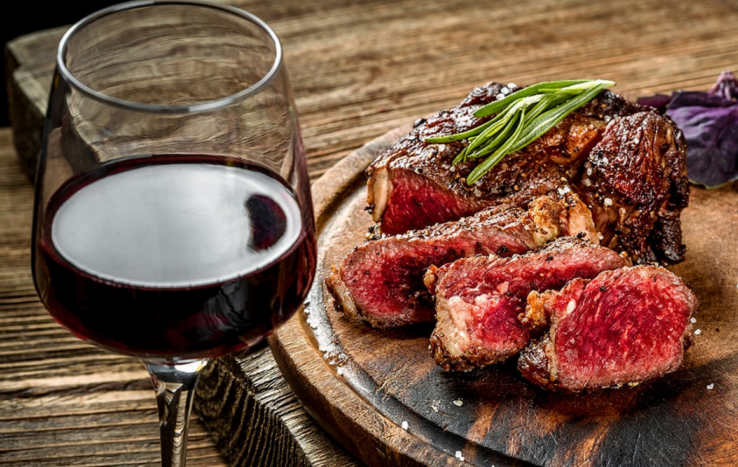
Source: medium.com
Pairing wine with steak is an art form, and here are some tips:
- Red Wine Dominance: Red wines, such as Cabernet Sauvignon, Merlot, and Malbec, are traditional favourites with steak due to their rich flavours and tannins complementing the meat’s protein.
- Bold and Full-Bodied: Steak pairs well with bold, full-bodied red wines that can stand up to its robust flavours.
- Consider Sauces: Pay attention to the sauces or preparations accompanying the steak. A creamy sauce may call for a different wine than a smoky barbecue glaze.
- Personal Preference: Ultimately, wine pairing is a matter of personal preference—experiment to discover what pleases your palate best.
Deciphering the Wine List Terminology
Understanding wine list terminology can be helpful:
- Varietals vs. Blends: Varietals are wines made primarily from one type of grape, while blends combine different grape varieties for unique flavours.
- Vintages: The vintage year on a wine label indicates the year the grapes were harvested. Some years may produce exceptional wines.
- Appellations: Appellations indicate the wine’s region of origin, providing insight into its terroir and characteristics.
- Reserve Wines: These are often considered higher quality wines, selected for their exceptional qualities.
Wine Preservation Techniques
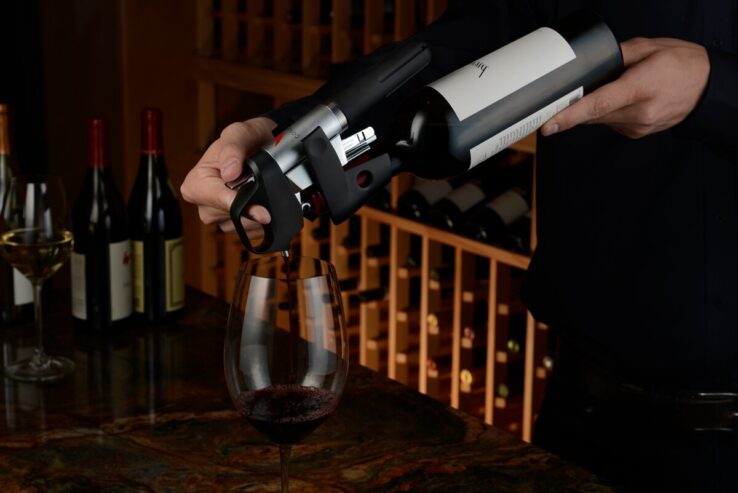
Source: washingtonpost.com
In some fine dining steak houses, you may encounter advanced wine preservation techniques:
- Coravin System: This system allows the extraction of wine from a bottle without removing the cork, preserving the wine’s freshness for an extended period.
- Wine Dispensing Machines: Some establishments employ wine dispensing machines that use inert gases to keep wine fresh after opening.
Dessert Wines & Digestifs
Don’t forget about dessert wines and digestifs to conclude your meal:
- Sweet Pairings: Dessert wines like Port or Sauternes can be a delightful complement to sweet desserts.
- Digestifs: After the meal, consider a digestif like brandy or a fine whiskey to aid digestion and round off your dining experience.
Tasting & Enjoying
Finally, remember that wine is meant to be enjoyed:
- Take Your Time: Savor the wine’s aromas and flavours, and don’t rush the experience.
- Experiment: Don’t hesitate to try different wines with each course or visit, expanding your wine palate.
- Share the Experience: Fine dining is often a social affair. Share your wine experiences and discoveries with friends and fellow diners.
Conclusion
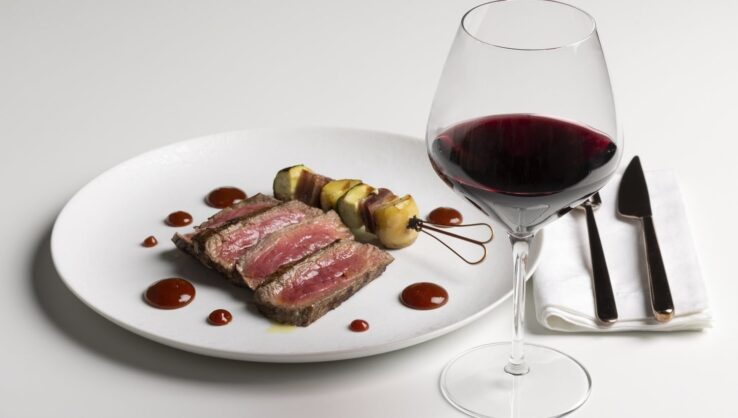
Source: tripadvisor.com
Deciphering wine etiquette in a fine dining steak house can be enriching. It’s an opportunity to explore the world of wine, enhance your dining experience, and elevate your enjoyment of perfectly cooked steaks.
By studying the wine list, understanding serving etiquette, and experimenting with wine pairings, you can embark on a culinary adventure that delights the senses and creates lasting memories.
So, the next time you dine in a fine establishment, embrace the wine paradox and let it enhance your fine dining experience in ways you never imagined. Cheers to the perfect steak and the perfect wine to accompany it!

